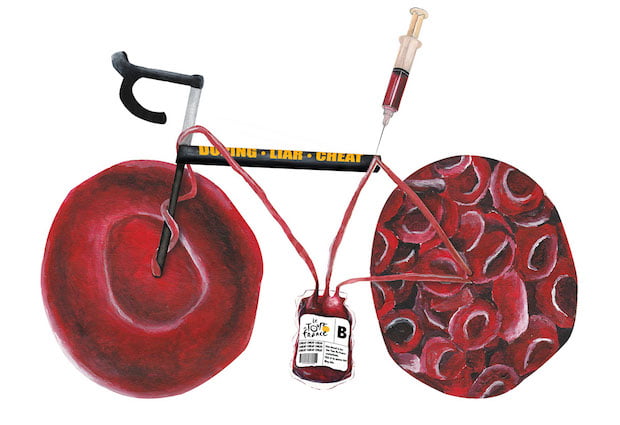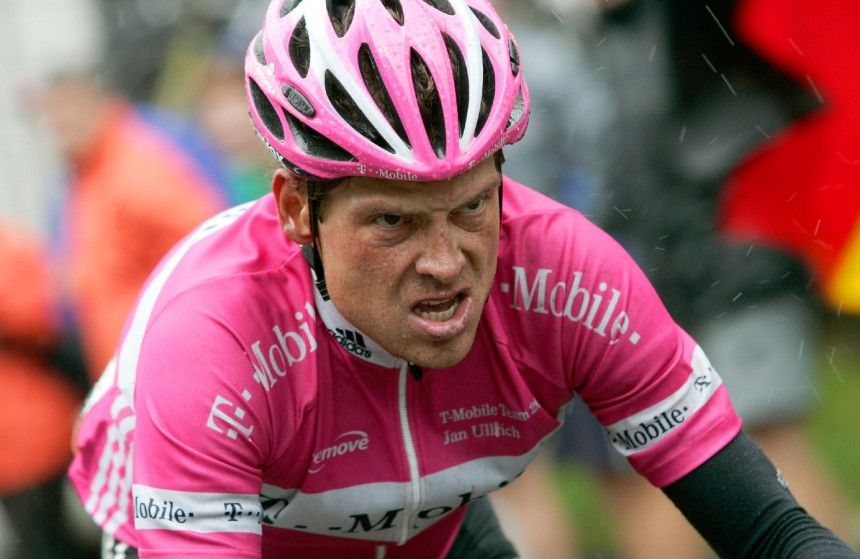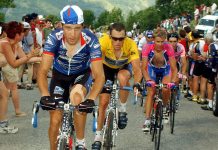For more than two decades, 50 was a kind of magic figure for cyclists. That is the maximum threshold for hematocrit, the percentage of oxygen-carrying red-blood cells that can be found coursing through human vessels without external help.
Recently, Danish researchers have published a study which reveals that a small blood transfusion of only 135 ml of red blood cells can improve performance. The findings may substantiate widely held fears that not all doping practices are detected.
The study from the Department of Nutrition, Exercise and Sports shows that a group of well-trained young men improved their performance in a cycling time trial by 4.7% via injecting just 135 ml of red blood cells, corresponding to half a bag of blood.
“It is a remarkable effect compared to the small amount of blood”, Jacob Bejder – the main author of the scientific article – said.
“This is the very first time the effect of such a small amount of blood has been investigated for performance enhancement. Most studies have utilized a far greater amount of blood, up to 2-3 bags,”
“The few times quantities as small as one bag have been investigated the effect has not been nearly as clear as we demonstrate here.”
The knowledge that even a small amount of blood can have a relatively large effect is critical for anti-doping organizations, athletes, and sports stakeholders alike, as it may impose greater demands on detection sensitivity.
In blood doping, the athlete’s own red blood cells are re-added to the bloodstream. This can be done by withdrawing one half to one litre of blood three to five weeks before a race. The withdrawn blood will be centrifuged, after which the red blood cells are collected and stored in a refrigerator. During the storage period the body is able to restore all or almost all of the withdrawn blood. The athlete then injects the stored blood via blood transfusion the day before a race or match. In short, blood doping increases the number of red blood cells available to provide oxygen to the athlete’s muscles, allowing for improved performance.
“I said on TV 2 during the summer’s Tour de France that it is largely possible to do what I did in my time as an active rider in the peloton today, to dope with your own blood without being detected,” former cyclist Michael Rasmussen said.
“Until there is a 100 per cent reliable blood doping test, there is no need to reinforce and maintain the illusion of pure sport.”














